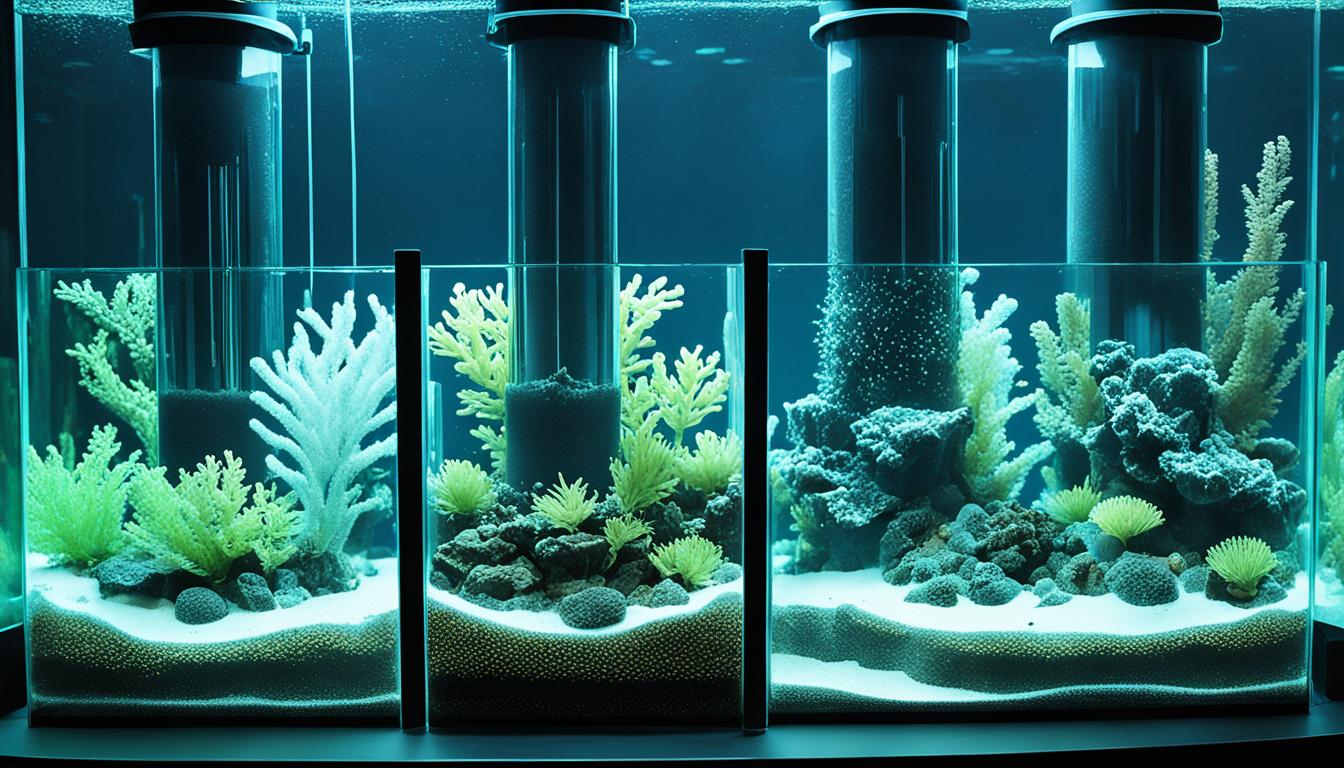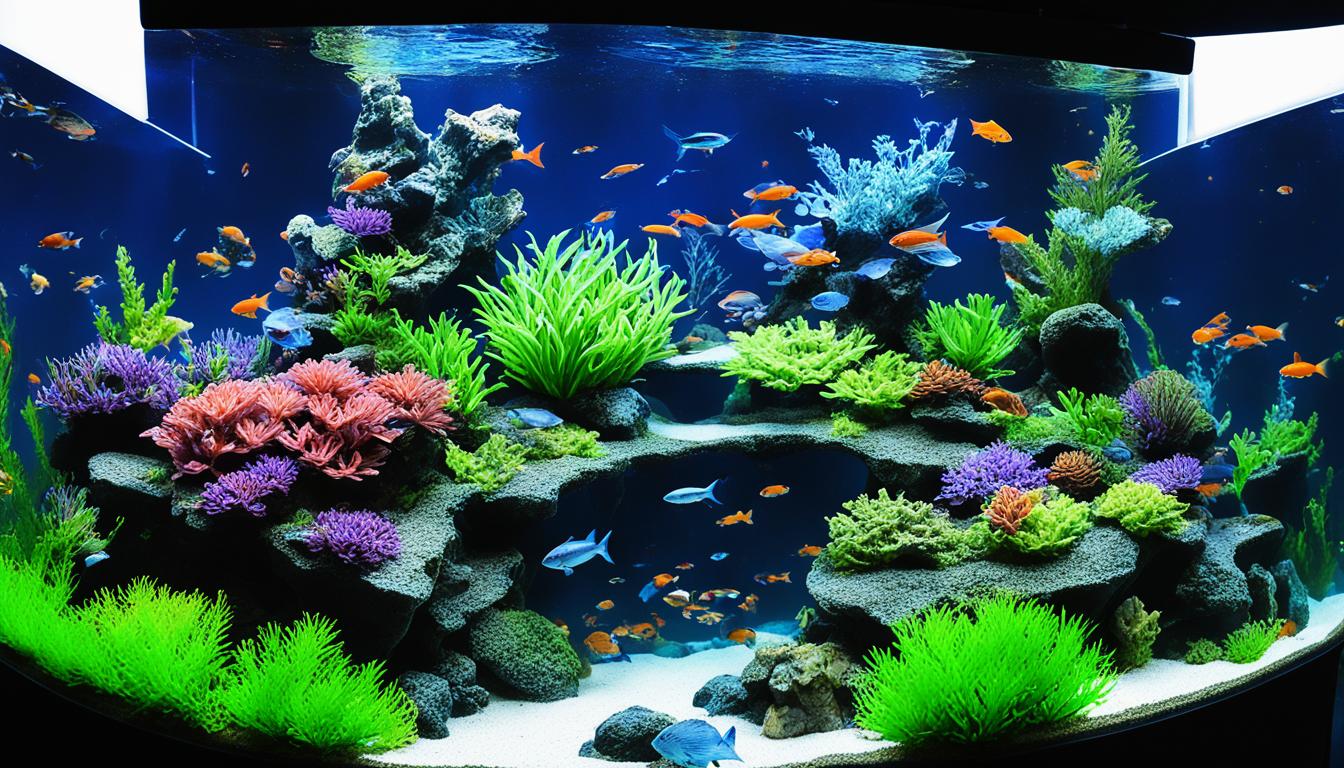Filtration is critical to maintaining a healthy and balanced aquarium. To ensure the well-being of aquatic life and promote a stable environment, there are three essential pillars of filtration: biological, mechanical, and chemical. Each pillar contributes to removing contaminants and plays a crucial role in water purification.
Understanding the mechanics of each filtration type is vital for every aquarium owner. By comprehending how these filtration systems work together, you can make informed decisions about the kind of filter to use in your aquarium and ensure the optimal health and clarity of the water.
Let’s examine the three pillars of aquarium filters and filtration systems to help you understand them better.
- The Three Pillars of Filtration
- The Essential Role of Filtration in Aquarium Health
- The Basic Functionality of Aquarium Filters
- Decoding Biological Filtration: The Cycle of Life
- Mechanical Filtration: Ensuring Water Purity and Clarity
- Navigating Chemical Filtration: The Invisible Cleanse
- Integration of Filtration Systems in Aquaria
- Maintenance and Management of Filtration Units
- Conclusion
- FAQ
- Source Links
The Three Pillars of Filtration
1. Biological Filtration
Biological filtration utilizes beneficial bacteria to break down harmful substances in the water. Nitrifying bacteria convert toxic ammonia into less harmful nitrite and, finally, into nitrate. This process helps maintain water quality and creates a favourable environment for aquarium inhabitants.
2. Mechanical Filtration
Mechanical filtration removes physical debris, solid particles, and waste materials from the water. It enhances water clarity and reduces the accumulation of pollutants, creating a visually appealing aquarium environment.
3. Chemical Filtration
Chemical filtration involves chemical additives and filter media to remove dissolved impurities and toxins from the water. Activated carbon is commonly used in chemical filtration to absorb and remove harmful substances, enhancing water quality.
Key Takeaways:
- These 3 Water Purification methods in aquariums are biological, mechanical, and chemical.
- Biological filtration relies on beneficial bacteria to convert toxic substances into less harmful forms.
- Mechanical filtration removes physical debris and solid particles, improving water clarity.
- Chemical filtration uses chemical additives and media to remove dissolved impurities and toxins.
- Understanding the mechanics of each filtration type is crucial for maintaining a healthy aquarium.
The Essential Role of Filtration in Aquarium Health
Filtration plays a vital role in maintaining a healthy and balanced aquatic ecosystem. By removing toxins, excess nutrients, and waste products, filtration promotes water quality and clarity, creating an optimal environment for fish, plants, and other aquatic organisms.
A proper filtration system is essential for the growth of beneficial bacteria, which aids in the breakdown of harmful substances. Additionally, filtration improves water circulation and oxygenation, contributing to the overall well-being of your aquarium.
How Filtration Contributes to a Balanced Aquatic Ecosystem
Effective filtration is crucial for establishing and maintaining a balanced aquarium ecosystem. It eliminates harmful substances from the water, preventing the build-up of toxic compounds that can endanger aquatic life. By removing excess nutrients, filtration helps prevent algae blooms and maintains the delicate balance of the aquatic environment. A well-functioning filtration system creates a clean and healthy habitat for fish, plants, and other organisms, promoting their growth and overall well-being.
The Relationship Between Water Clarity and Filtration Efficiency
Water clarity is closely linked to filtration efficiency. A high-quality filtration system removes suspended particles and debris, producing clear and visually appealing water. Improved water clarity not only enhances the aesthetic appeal of your aquarium but also indicates the efficiency of the filtration system in removing impurities. By maintaining water clarity, filtration ensures a clean and healthy environment for your aquatic inhabitants.
The Basic Functionality of Aquarium Filters
Aquarium filters are crucial in maintaining your tank’s water quality and promoting your aquatic inhabitants’ health. These filters are designed to remove impurities and ensure the stability of the aquatic environment. Understanding the basic functionality of different aquarium filters is essential for selecting the one that best suits your tank’s needs.
Various types of aquarium filters are available, each with its specific filtration function. To target particular contaminants or pollutants, these filters pass water through different filtration media, such as sponges, activated carbon, or biological media.
The filtration function of aquarium filters can be categorized into three main types:
- Mechanical Filtration: This filtration removes physical debris and solid particles, ensuring water clarity and preventing waste accumulation.
- Biological Filtration: Biological filtration aids in the growth of beneficial bacteria that break down harmful substances such as ammonia and nitrite, promoting a healthy aquatic ecosystem.
- Chemical Filtration: Chemical filtration involves using chemical additives or filter media, like activated carbon, to remove dissolved impurities and toxins from the water.
Understanding the basic functionality of aquarium filters can help you make an informed decision when selecting the right filter for your tank. When choosing the most suitable filtration system, consider your aquarium’s specific needs, the type and size of your aquatic inhabitants, and the desired water parameters.
Decoding Biological Filtration: The Cycle of Life
Biological filtration is vital to maintaining a healthy and balanced aquarium ecosystem. This filtration method relies on beneficial nitrifying bacteria in the aquarium filter, which play a crucial role in converting toxic substances and ensuring the well-being of aquatic life.
Understanding the Role of Nitrifying Bacteria
Nitrifying bacteria are microscopic organisms colonising the aquarium’s filter media and surfaces. These bacteria convert harmful ammonia, produced by fish waste and decaying matter, into less toxic nitrite and eventually into nitrate. This conversion process is called nitrification and forms the cornerstone of biological filtration.
Nitrifying bacteria help ensure aquarium water remains safe for fish and other aquatic inhabitants by consuming ammonia. Ammonia levels can become dangerous without these beneficial bacteria, leading to stress, illness, and even fish death.
The Importance of Ammonia and Nitrite Conversion in Aquatic Settings
Ammonia and nitrite are highly toxic to fish and other aquatic organisms. They can cause severe damage to the gills, nervous system, and overall health of the animals. Therefore, converting ammonia into less harmful substances, such as nitrite and nitrate, is crucial for maintaining a healthy aquatic environment.
Ammonia conversion occurs in two stages: first, ammonia is converted into nitrite by nitrifying bacteria called Nitrosomonas. Then, in the second stage, nitrite is further converted into nitrate by another group of bacteria called Nitrobacter.
Nitrate, the final product of ammonia and nitrite conversion, is less toxic than ammonia and nitrite. However, if allowed to accumulate excessively, it can still harm fish and other aquatic life. Regular water changes and monitoring of nitrate levels are essential for preventing nitrate-related issues in the aquarium.
In summary, understanding the role of nitrifying bacteria and the critical process of ammonia and nitrite conversion is vital for achieving and maintaining a balanced and healthy aquarium ecosystem.
Mechanical Filtration: Ensuring Water Purity and Clarity
The Science Behind Solid Particle Removal
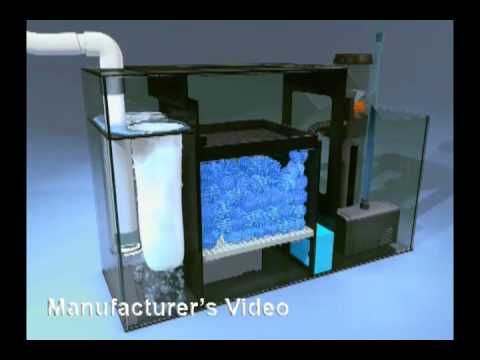
Mechanical filtration plays a crucial role in maintaining the purity and clarity of aquarium water. This filtration method removes physical debris and solid particles, enhances water quality, and minimises waste accumulation. Aquarium owners can make informed decisions when selecting the most suitable mechanical filtration system by understanding the science behind solid particle removal.
Filter Media Types and Their Impact on Mechanical Filtration
The effectiveness of mechanical filtration dramatically depends on the type of filter media used. Various filter media options, such as foam pads, filter floss, and sponges, are available, each with unique characteristics and particle-trapping capabilities. Choosing the appropriate filter media is crucial for optimizing mechanical filtration and achieving your aquarium’s desired water purity and clarity.
Navigating Chemical Filtration: The Invisible Cleanse
Chemical filtration is vital to maintaining a clean and toxin-free aquatic environment in your aquarium. This filtration method involves using chemical additives and filter media to remove dissolved impurities and toxins from the water, ensuring the well-being of your aquatic life.
The Use of Activated Carbon for Toxin Removal
Activated carbon is a commonly used substance in chemical filtration due to its excellent adsorption properties. It attracts and binds impurities, such as organic compounds, heavy metals, and harmful chemicals, to its porous surface. As water passes through the activated carbon, these contaminants are effectively removed, resulting in more precise and safer water for aquarium inhabitants.
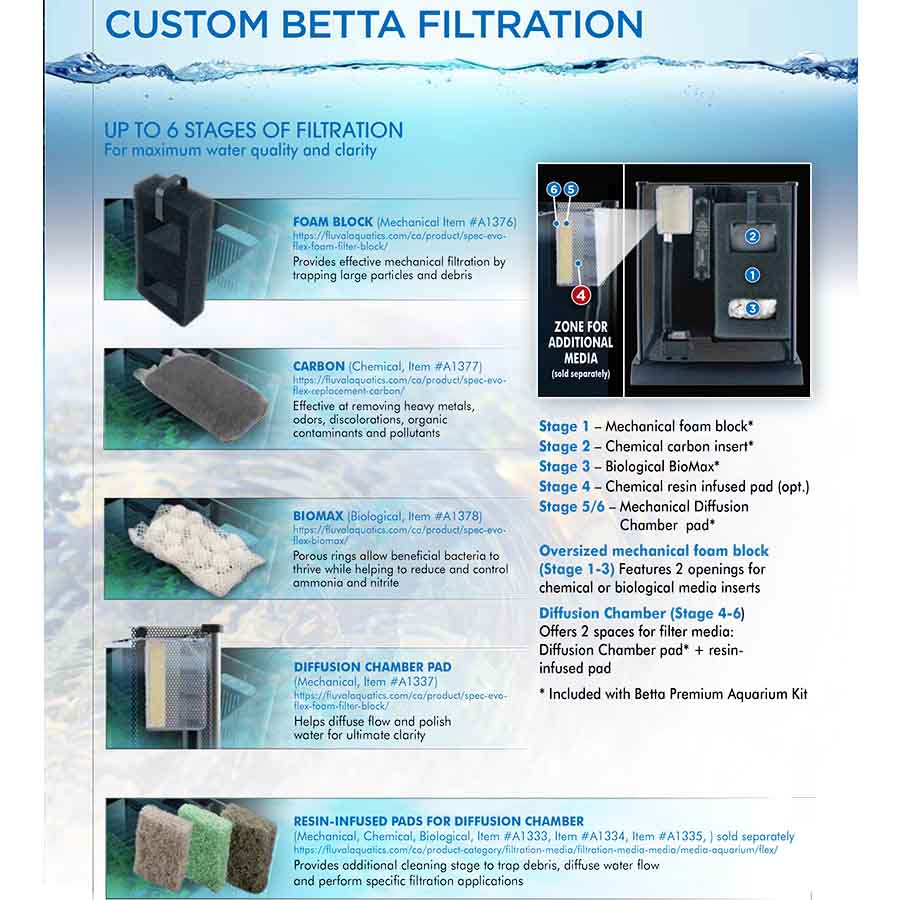
To maximize the performance of activated carbon, it is essential to replace it regularly as it becomes saturated with impurities over time. This ensures that your filtration system continues to effectively remove toxins and maintain the overall water quality in your aquarium.
Specifics of Chemical Additives for Water Treatment
In addition to activated carbon, various chemical additives, such as water conditioners, detoxifiers, and clarifiers, can be used in chemical filtration for specific water treatment purposes.
- Water conditioners and Water Purification remove chlorine, chloramine, and heavy metals from tap water, making it safe for aquarium use.
- Detoxifiers help neutralize harmful substances like ammonia or nitrite, reducing their impact on aquatic life.
- Clarifiers improve water clarity by coagulating fine particles, allowing the filtration system to remove them more effectively.
Choosing the proper chemical additives for your water treatment depends on your aquarium’s specific requirements and the quality of your water source. The use of these additives should be based on thorough research and a proper understanding of their benefits and potential side effects.
Integration of Filtration Systems in Aquaria
Integrating different filtration methods is vital to maintain optimal water quality and promote the health of aquatic life in your aquarium. This allows for a comprehensive approach that addresses various aspects of filtration and creates a thriving aquatic habitat.
Combining Filtration Methods for Optimal Results
By combining different filtration methods, you can achieve optimal results in maintaining water quality. Each filtration method targets specific contaminants and pollutants, ensuring a thorough purification process. For example, biological filtration helps to establish a beneficial ecosystem of nitrifying bacteria, while mechanical filtration removes physical debris and solid particles. Chemical filtration, on the other hand, focuses on eliminating dissolved impurities and toxins.
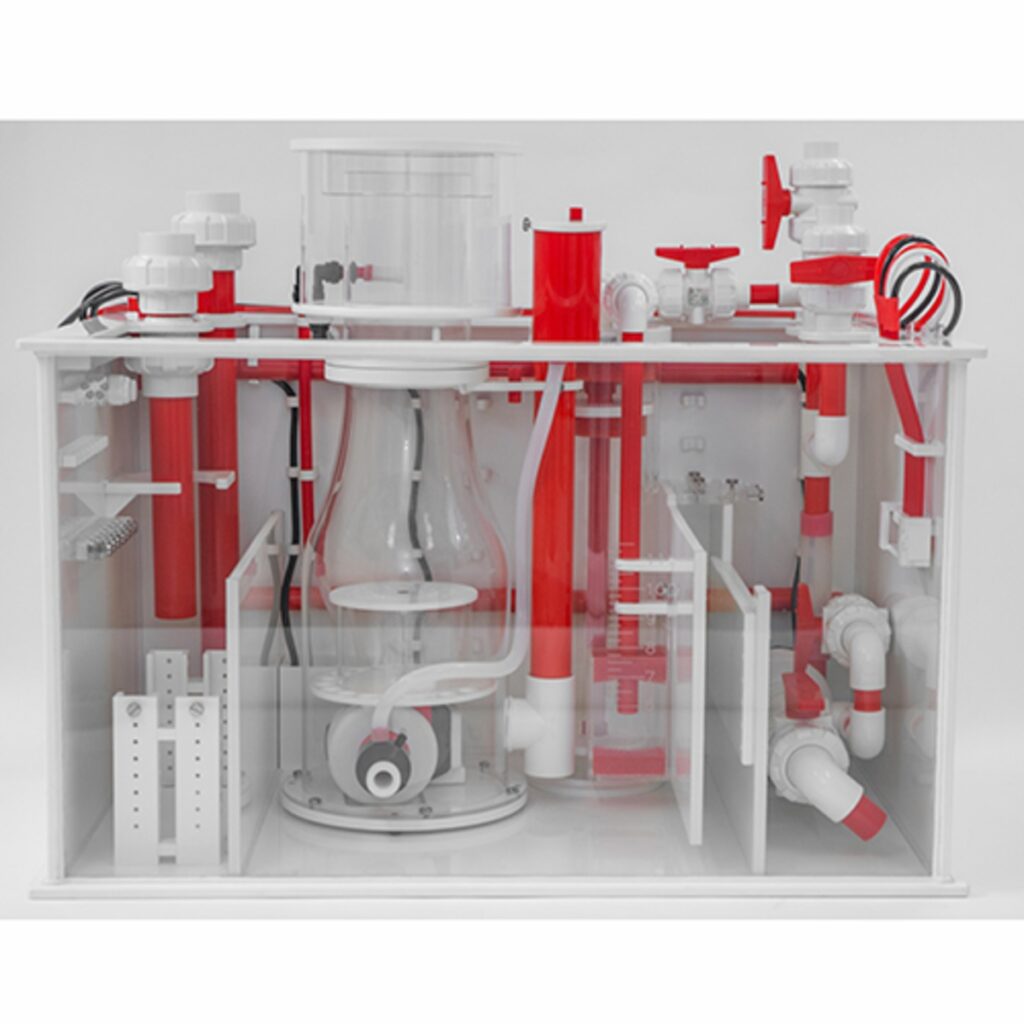
By leveraging these different methods, you can ensure that your aquarium water is purified at multiple levels, creating an environment that supports the well-being of your aquatic inhabitants.
Selecting the Right Filter for Your Aquarium’s Needs
Choosing the right filter is crucial for meeting your aquarium’s needs and ensuring effective filtration. When selecting a filter, various factors include tank size, the number and type of aquatic organisms, and the desired water parameters.
Researching and understanding the filtration requirements of your specific aquatic environment is vital. This will help you determine which filtration methods are necessary and which type of filter will best meet your needs. For example, a large aquarium with a large fish population may need a powerful filtration system to handle the biological load.
Additionally, considering the filter’s maintenance requirements and long-term costs is essential. Regular cleaning and maintenance are necessary to ensure the filtration system’s proper functioning and longevity.
By selecting the right filter for your aquarium’s needs, you can create an effective and efficient filtration system that promotes the health and well-being of your aquatic life.
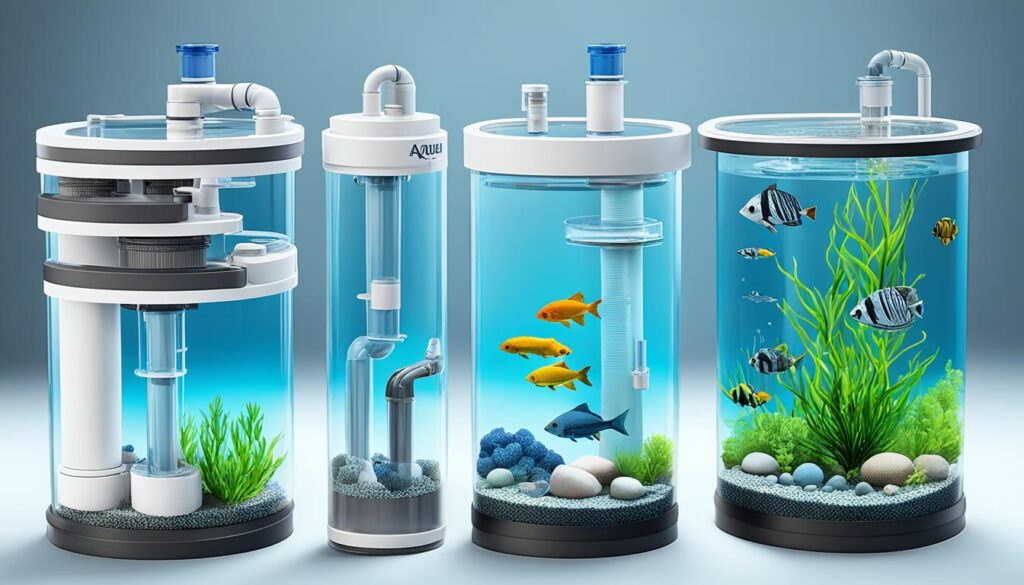
Maintenance and Management of Filtration Units
Proper filter maintenance and filtration unit management are essential for ensuring their optimal performance and longevity.
To maintain a healthy and stable environment for your aquarium, following a regular maintenance routine that includes cleaning and replacing filter media and monitoring water parameters to prevent contamination is crucial.
Regular cleaning of the filtration unit helps remove accumulated debris and impurities, ensuring the efficiency of the filtration process. Cleaning tasks may include rinsing mechanical filter media, scrubbing biological filter components, and removing blockages or obstructions.
Following the manufacturer’s guidelines and recommendations is essential when performing maintenance tasks.
While cleaning is essential, timely replacement of filter media is equally important. Over time, filter media can become clogged or lose effectiveness, hindering filtration. Regularly check and replace filter media as needed to prevent any decline in filtration efficiency.
Consult the manufacturer’s instructions or seek professional advice to determine the appropriate replacement intervals for your filtration unit.
Monitoring water parameters is crucial in maintaining a healthy aquarium environment. Regularly test the water for parameters such as pH, ammonia, nitrite, and nitrate levels and adjust them to ensure optimal water quality.
Monitoring and maintaining these parameters helps prevent the accumulation of toxins and promotes the well-being of your aquatic inhabitants.
Proper filtration unit maintenance and management are essential for optimal performance and longevity. Regular cleaning, filter media replacement, and monitoring of water parameters are necessary to prevent contamination and promote effective filtration.
By taking these steps, you can ensure a healthy and stable environment for your aquarium and its inhabitants.
Dive Deeper into the World of Aquarium Filtration
Our journey through the fundamentals of aquarium filters is just the beginning. Delve deeper with us as we explore each facet of aquarium filtration in our upcoming series:
- Types of Aquarium Filters(This Article): Discover the diverse world of filters and find the perfect match for your aquatic setup.
- Aquarium Filter Brands: Navigate the seas of options as we review the top brands in the filtration market.
- Aquarium Filter Accessories: Uncover the essential additions that enhance filtration efficiency and effectiveness.
- Aquarium Filters by Tank Type: Learn how to select the ideal filter for your specific tank type, whether freshwater, marine or a specialized setup.
- Aquarium Filter Setup and Usage: Step-by-step guidance on installing your filter and optimizing its performance.
- Aquarium Filter Maintenance: Keep your aquatic environment pristine with our tips on regular filter care and troubleshooting.
- Aquarium Filter Performance: Evaluate filter performance and ensure your aquatic residents thrive in a clean, healthy environment.
- Specialized Aquarium Filters: Explore filters designed for unique challenges, including breeding tanks and heavily planted aquariums.
- Aquarium Filter Sales: Find the best deals and make informed purchases with our buying tips and recommendations.
- Innovations in Aquarium Filters: Stay ahead of the curve with the latest advancements in filtration technology.
Embark on a Clearer Path to Aquatic Excellence
Your quest for the perfect aquatic ecosystem is a journey we’re excited to share. Each article in our series is designed to illuminate, guide, and inspire. Don’t miss out on turning your aquarium into a thriving, vibrant underwater paradise.
Conclusion
The three pillars of filtration—biological, mechanical, and chemical—are crucial for maintaining water quality and promoting the health of aquatic life in your aquarium. Each type of filter plays a specific role in creating a balanced aquatic ecosystem.
By understanding the mechanics and functionality of biological, mechanical, and chemical filtration, you can ensure that your aquarium provides a safe and thriving habitat for your aquatic creatures. A well-maintained filtration system will effectively remove contaminants, toxins, and waste products, resulting in optimal water quality and clarity.
Regular maintenance is essential to keeping your filtration system in top condition. This includes cleaning and replacing filter media as needed and monitoring water parameters to prevent issues. These steps allow you to enjoy the benefits of a healthy and stable aquatic environment for many years.
Remember, aquarium filtration is about maintaining water quality and preserving your aquatic inhabitants’ overall health and well-being. With the right filtration system and diligent care, you can create a beautiful and thriving underwater ecosystem that brings joy and fascination to your home or office.

